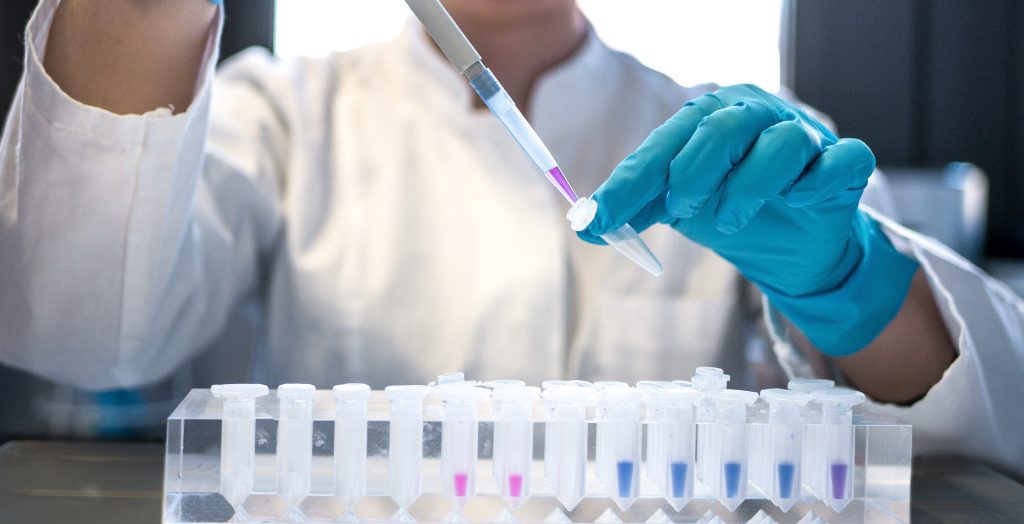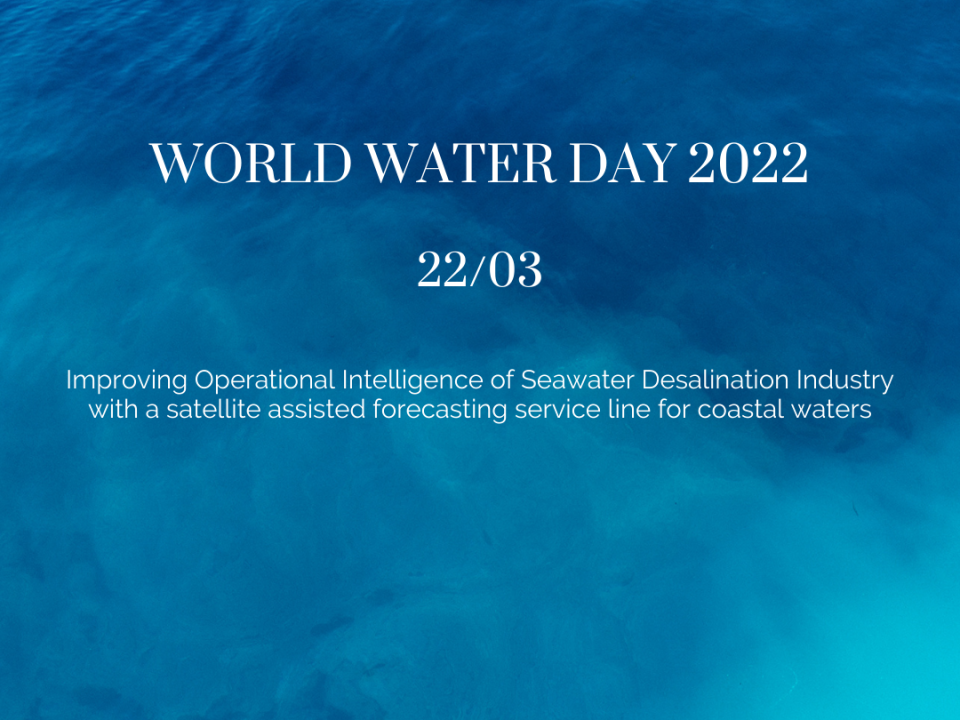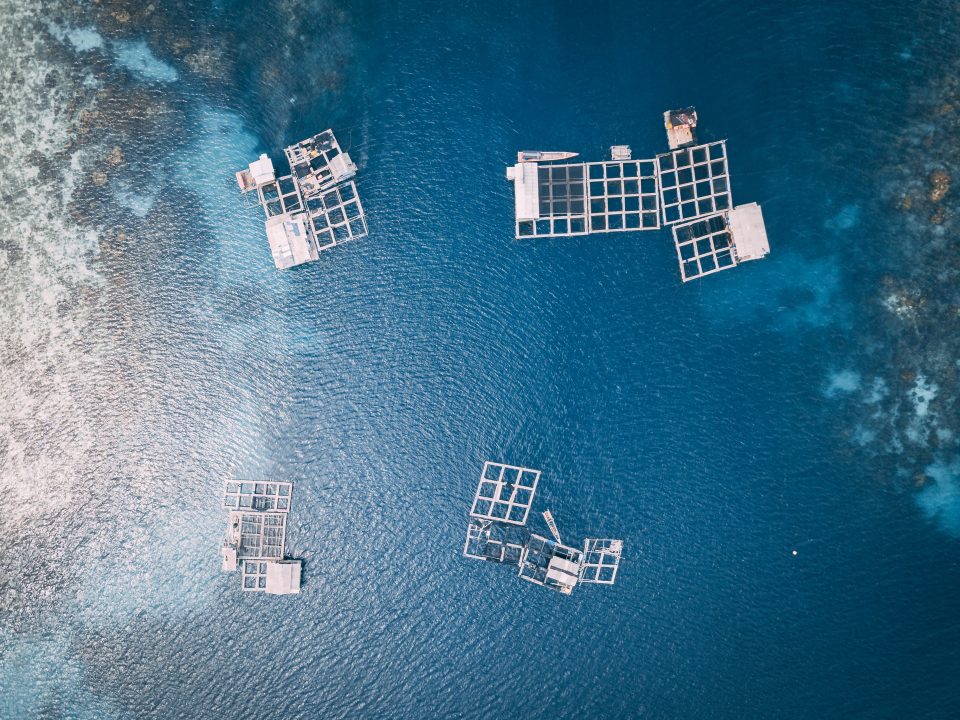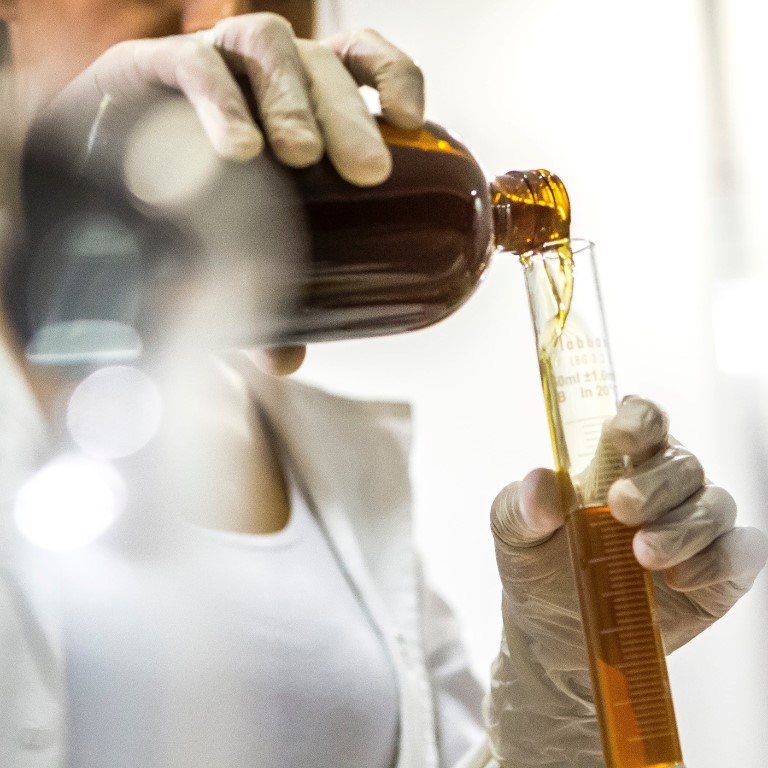
IFOS Monitoring Campaign
Improving Operational Intelligence of Seawater Desalination Industry with a Satellite Assisted Forecasting Service Line for Coastal Waters
IFOS project aims to improve the operational intelligence of coastal based – seawater desalination plants. In order to achieve that goal, an in-situ monitoring campaign has been launched in order to identify the water quality issues observed in the past by the plant operators – related to water quality deterioration and to further validate the developed water information system. The case study is the reverse osmosis desalination plant – part of the Motor Oil (Hellas) Refineries, located in Agioi Theodoroi, about 70km west of Athens (Greece). The raw inlet water comes from an open seawater intake from the bay in front of the refinery and the operators have noticed a few disturbances in the water quality throughout the year.
According to the desalination plant operator – SYCHEM, there are two major water quality related issues observed during the operation of the Reverse Osmosis (RO) Desalination plant. Specifically, sudden turbidity spikes have been observed and a periodic occurrence of excessive algal growth has also been noticed. The first issue which relates to the turbidity of the water might be triggered by several factors, such as the frequent vessel mooring and passage in combination with the local bathymetry and sediment composition. The result is the resuspension of the sand and solid particles which then enter the underwater feed pump of the desalination plant. Another cause of turbidity increase is the transfer of solid particles in the seawater from the air or from the inland waters. Strong wind conditions can be the reason that air-suspended particles, sand, or ash from a nearby fire source might end up in the sea. Moreover, during intense raining periods, dirt, mud, and other waste material can end up in the bay area due to heavy rainfall and rainwater runoff streams that are formed inland. All these external factors can influence the turbidity of the water and cause an increase in the loading of the water treatment system.
The second concern regarding the water quality of the raw seawater has to do with algal blooms. A periodic occurrence of excessive algal growth is observed yearly, during certain periods. Conditions that promote eutrophication and generate these blooms are mainly reported during spring and summer months, making their appearance between April and July. This seasonal phenomenon of algal blooms can lead to a massive increase of the biological load to the water treatment system and is one of the main causes of biofouling, especially on the filters, membrane elements and pressure exchangers.
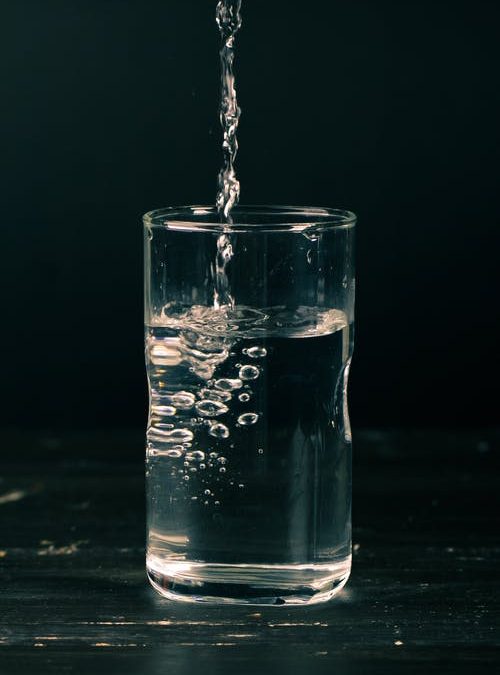
In order to carefully address these issues, an in-situ monitoring campaign has been launched. The parameters that have been monitored are: Turbidity, Chlorophyll a, Τotal Organic Carbon and Total Suspended Solids.
Generally, monitoring practices nowadays focus mostly on survey campaigns at sea, creating some important gaps. Large marine areas need to be monitored in a constant basis, when at the same time, there are time-limits and high-costs of sampling (European Commission, 2017). These issues contribute to process inefficiency, increased operational expenses and to the unsustainable expansion of desalination. However, this study aims at improving the operational intelligence and monitoring of seawater desalination. To highlight the importance of monitoring, it is worth mentioning that by monitoring closely the algae growth, an algal bloom could be anticipated.
All things considered, a well-developed monitoring policy, which keeps track of the required parameters, could reduce operational costs. Specifically, a few relevant parameters that are usually monitored in coastal areas depending on the application are: Chlorophyll a (Eutrophication, Wastewater Treatment Plants), Turbidity (Aquaculture, WWTP, Dredging Activities) and TSS (WWTP and Dredging Activities). (European Commission, 2017) Additional feedwater monitoring parameters might include temperature, conductivity, redox, TOC, and pH.
Lately, numerous techniques have also been used for the detection and monitoring of algal blooms, in order to minimize their effects on desalination plants. A well-established local and regional monitoring program might include:
- Manual and automated sampling in water flowing into the plant or sampling from ships or fixed platforms.
- Quality control and storage of data as well as distribution of data to regional and global data centers.
- Interpretation of data and visualization of results.
In this validation campaign, water quality samples were collected from 10 positions within the area of interest, and, then, they were analysed for critical water quality parameters (i.e., chlorophyll-a, turbidity, total organic carbon and total suspended matter). Water quality samples were collected during satellite overpasses to allow for the validation of earth observation data, as well. Specifically, the monitoring took place from the 25th of May 2021 until the 28th of June 2021, for a total of ten days.
